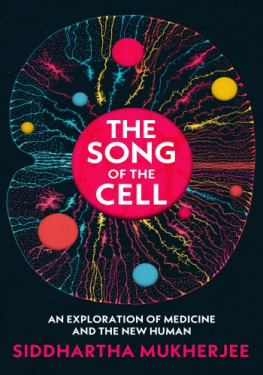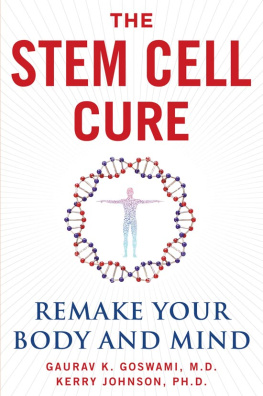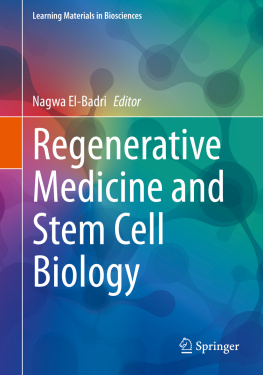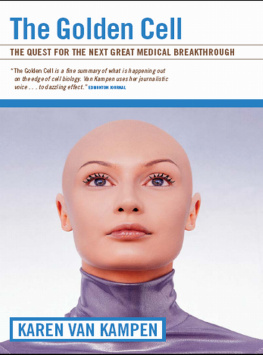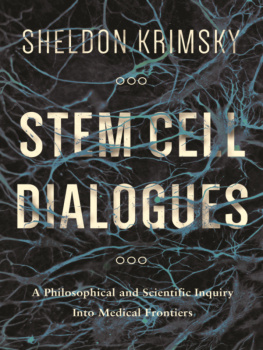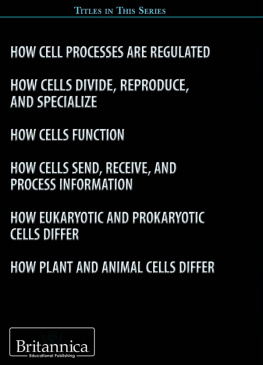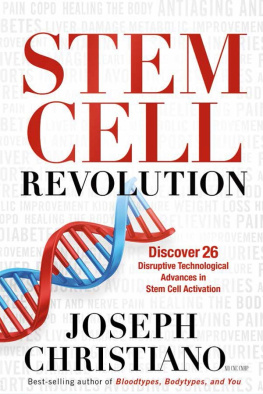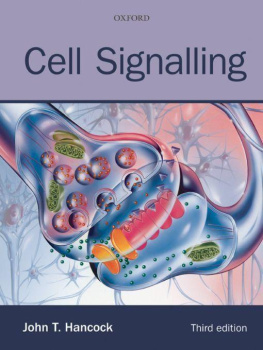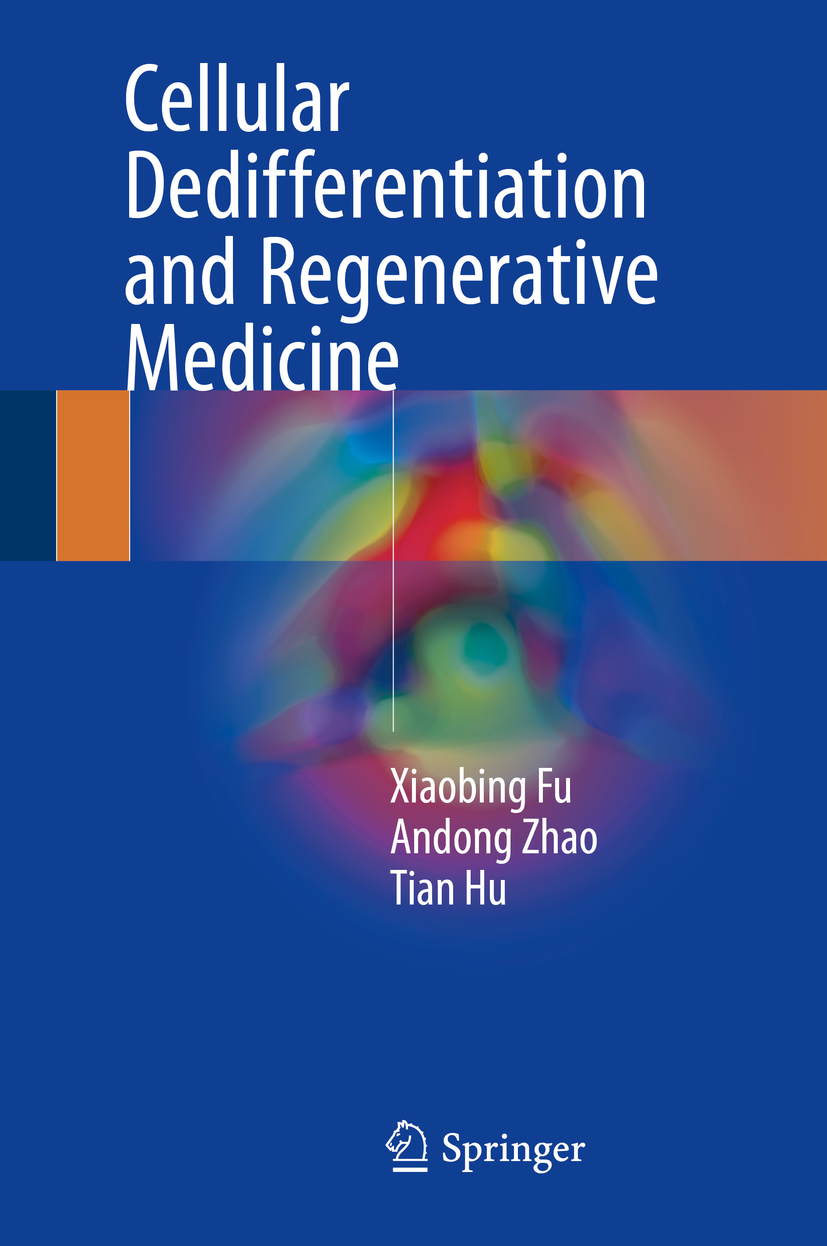Xiaobing Fu
Key Laboratory of Wound Repair and Regeneration of PLA, The First Hospital Affiliated to the PLA General Hospital, Beijing, China
Andong Zhao
Tianjin Medical University, Tianjin, China
Tian Hu
School of Medicine, Nankai University, Tianjin, China
ISBN 978-3-662-56177-5 e-ISBN 978-3-662-56179-9
https://doi.org/10.1007/978-3-662-56179-9
Library of Congress Control Number: 2017964385
Springer-Verlag GmbH Germany 2018
This work is subject to copyright. All rights are reserved by the Publisher, whether the whole or part of the material is concerned, specifically the rights of translation, reprinting, reuse of illustrations, recitation, broadcasting, reproduction on microfilms or in any other physical way, and transmission or information storage and retrieval, electronic adaptation, computer software, or by similar or dissimilar methodology now known or hereafter developed.
The use of general descriptive names, registered names, trademarks, service marks, etc. in this publication does not imply, even in the absence of a specific statement, that such names are exempt from the relevant protective laws and regulations and therefore free for general use.
The publisher, the authors and the editors are safe to assume that the advice and information in this book are believed to be true and accurate at the date of publication. Neither the publisher nor the authors or the editors give a warranty, express or implied, with respect to the material contained herein or for any errors or omissions that may have been made. The publisher remains neutral with regard to jurisdictional claims in published maps and institutional affiliations.
Printed on acid-free paper
This Springer imprint is published by Springer Nature
The registered company is Springer-Verlag GmbH Germany
The registered company address is: Heidelberger Platz 3, 14197 Berlin, Germany
Preface
Since we have published our discovery of the dedifferentiation of epithelial cells in The Lancet in 2001 [Xiaobing Fu et al. Dedifferentiation of epidermal cells to stem cells in vivo . Lancet 2001; 358: 10671068], this phenomenon aroused a great deal of our interest. As researchers of trauma and regenerative medicine, we realized cellular dedifferentiation has been deeply investigated by generations of scientists ranging from botany to zoology, which further kindled our interest in unveiling the relation between dedifferentiation and regeneration.
Through our intensive investigation and discovery, dedifferentiation is found to be an irreplaceable process in biological development and regeneration. The evidence is witnessed by scientists in numerous fields, such as plant, invertebrate, amphibian, and mammal. Scientometric and bibliometric analyses have demonstrated that cellular dedifferentiation attracts researchers all over the world, with accent on those in the USA and Western Europe. Several universities and organizations were quite productive in academic achievements on this issue, such as University College London; the University of California, Irvine; the University of Michigan; etc. Prolific scientists, for example, Prof. David M. Gardiner, Prof. Panagiotis A. Tsonis, Prof. Satoh Akira, etc., have represented their works on many publications.
Our group has made remarkable achievements on skin repair and sweat gland regeneration via the process of dedifferentiation. These achievements of sweat gland in vivo and in vitro regeneration appeared in the international field of regenerative medicine for the first time and have earned worldwide commendation as a milestone research. Besides, regeneration of other tissues by dedifferentiation has also obtained exceptional results. For example, Jopling Chris et al. discovered zebrafish heart regeneration by cardiomyocyte dedifferentiation [Jopling Chris et al. Zebrafish heart regeneration occurs by cardiomyocyte dedifferentiation and proliferation. Nature. 2010 Mar 25; 464(7288); 606609], and Odelberg SJ et al. induced mammalian myotube dedifferentiation by Msx1 [Odelberg SJ, et al. Cell. 2000 Dec 22; 103(7):10991109].
In the light of these, I planned to sketch out the spectrum of cellular dedifferentiation to scientists, researchers, and physicians in 2015. We mapped out the theories, concepts, discoveries, achievements, practices, and perspectives of this issue in the form of a monograph. First, I would like to acknowledge two of my PhD students, Andong Zhao and Tian Hu, who have accomplished significant work in data collection and compiling. I am also grateful for all the authors who have contributed their articles and reviews in the appendixes. Additionally, I would like to express my great gratitude toward all the scientists and researchers, for their permission, whose figures and tables in their publications were cited in this book. Although we have tried our best to get contact with them and ask for permission, there is still imperfection. Finally, I am also grateful for the research foundation support from the National Key Research Projects offered by Ministry of Science and Technology, China, and the publication aid and support by the press of Springer. The accomplishment of this monograph could never be carried out without the effects of all the people and units I appreciated.
Owing to the busy schedule and limits in knowledge, the book might be incomprehensive with flaws and limitations. We hope readers could point these out and would feel free to contact us, in order to make more contribution to the field of dedifferentiation in the future.
Xiaobing Fu
Beijing, China


